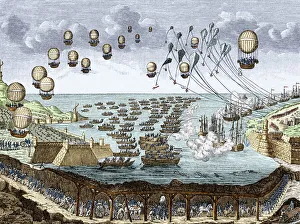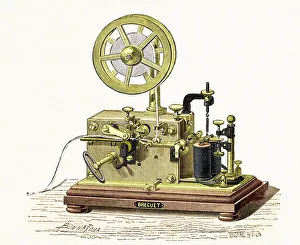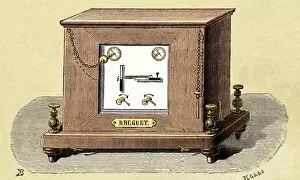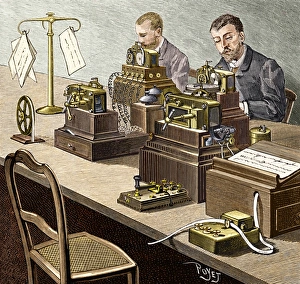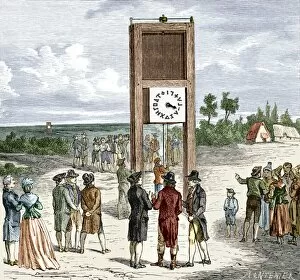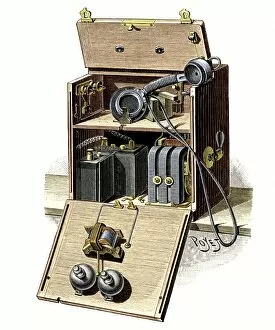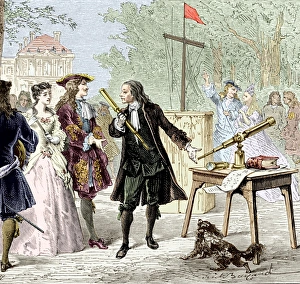La Telegraphie Historique Collection
"La télégraphie historique: Tracing the Evolution of Communication" From smoke signals to optical communication
All Professionally Made to Order for Quick Shipping
"La télégraphie historique: Tracing the Evolution of Communication" From smoke signals to optical communication, la télégraphie historique encompasses a fascinating journey through the evolution of long-distance communication. Beginning with ancient methods like smoke signaling and semaphore stations, early civilizations sought ways to transmit messages across vast distances. These primitive systems relied on visual cues and line-of-sight communication. Fast forward to the 18th century when advancements in technology introduced more sophisticated means of telegraphy. The visual telegraph system of 1791 revolutionized long-distance messaging by using mechanical arms and flags to convey information over great distances. The invention of the telegraph machine by Samuel Morse and Alfred Vail in the mid-19th century marked a significant milestone in telecommunications history. This groundbreaking device allowed for rapid transmission of coded messages through electrical impulses along wires, paving the way for global connectivity. With further developments such as Wheatstone's telegraph system, which utilized multiple needles pointing at letters on a dial, communication became even more efficient. This innovation laid the foundation for future improvements in speed and accuracy. As demand grew for international connections, engineers turned their attention towards laying telegraph cables across vast bodies of water. Notably, projects like Channel Tunnel cable laying brought Europe closer together by establishing direct links between countries. Innovations continued into the 20th century with Émile Baudot's creation of a faster telegraphic system that used punched paper tape encoding. This advancement greatly increased message transmission speeds while reducing errors. Telecommunication pioneers also explored alternative methods such as optical communication systems that employed light signals transmitted through fiber-optic cables or mirrors reflecting sunlight – an ingenious solution overcoming physical barriers. Today, we owe our instantaneous global connectivity to these historical milestones in la télégraphie historique. From humble beginnings with smoke signals and semaphore stations to complex networks spanning continents underwater, this captivating journey reminds us how far we have come in bridging distances and connecting people worldwide.

